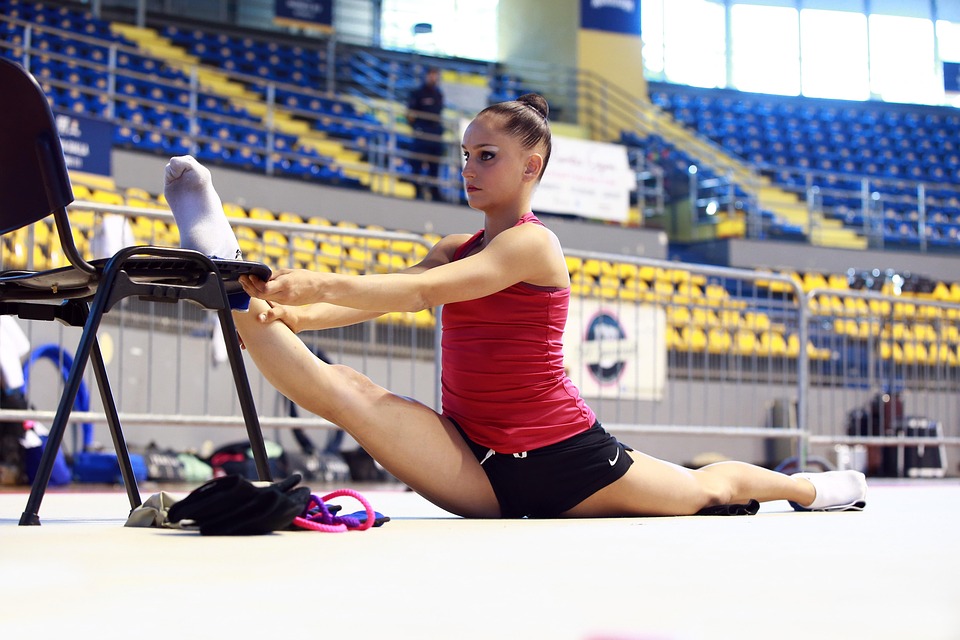Sports
Understanding Periodization in Training: A Complete Guide

Alright, friend! Let’s chat about something that’s super important if you’re into fitness and training—periodization. Now, you might be wondering, “What even is that?” Fear not! I’m here to break it down for you in the most relaxed way possible.
What is Periodization?
Periodization is basically a fancy term for planning your training over specific periods. Think of it like a map for your fitness journey. Instead of just grinding through reps and sets day after day, you structure your workouts to optimize performance and recovery. This way, you avoid burnout and can make gains more efficiently.
Why Should You Care?
Imagine training like it’s a sprint versus a marathon. If you’re sprinting all year-round without any breaks, you’ll eventually hit a wall. Your body needs time to rest, adapt, and grow stronger. Periodization helps balance hard work with recovery, leading to better results in the long run.
And hey, trust the experts—according to the American College of sports Medicine, well-structured training programs that incorporate periodization can significantly improve athletic performance.
The Basic Components of Periodization
Periodization usually breaks down into three main components:
1. Macrocycle
This is the big picture, the long-term plan, often spanning a year or more. It includes:
- Overall Goals: Are you aiming for a marathon, strength gains, or simply looking to get fit?
- Training Phases: Typically broken down into multiple periods, like preparation, competition, and recovery.
2. Mesocycle
Think of this as a smaller segment within the macrocycle, usually lasting a few weeks to a couple of months. Your mesocycles will often focus on different training aspects, such as:
- Hypertrophy: Increasing muscle size.
- Strength: Lifting heavier weights.
- Endurance: Improving aerobic capacity.
3. Microcycle
Finally, these are your week-to-week or even day-to-day training plans. Microcycles focus on the nitty-gritty, like specific workouts, rest days, and variations.
Let’s Break It Down Further!
Each of these components interlinks to create a comprehensive training plan. You wouldn’t just jump into a mesocycle without considering how it fits into the macrocycle.
Example of a Simple Periodization Plan:
- Macrocycle (1 Year): Train for a marathon
- Mesocycle 1 (12 weeks): Build general endurance
- Mesocycle 2 (8 weeks): Focus on speed and race pace
- Mesocycle 3 (4 weeks): Taper down before race day
Different Types of Periodization
You may be wondering, “Is there more than one way to approach this?” Absolutely! Here are a few popular models:
Linear Periodization
This is the most traditional method, where you gradually increase the intensity and volume over time. Picture it like climbing stairs. Each step up represents an increase in difficulty, leading to greater strength and endurance.
Undulating Periodization
If you like variety, consider this model. It alternates the intensity and volume within the same week. For instance, you might lift heavy weights one day and focus on endurance the next. This helps keep your workouts fresh and your muscles guessing.
Block Periodization
Here’s the deal: this model divides training into blocks that focus on specific skills. You might have a block for strength, followed by one for power, and then a recovery block. It’s great for athletes looking to peak for competitions.
How to Implement Periodization
So, how do you get started? Here’s a simple approach:
- Set Clear Goals: What do you actually want to achieve? Be specific.
- Choose Your Model: Decide which periodization style fits your needs.
- Plan It Out: Break down your macro, meso, and microcycles.
- Review and Adjust: Keep track of what’s working and shift things around as necessary.
Incorporating Rest Days
Don’t forget to plan rest days! Your muscles need recovery time to adapt and grow stronger. Plus, burnout is real, and we definitely don’t want that.
Pro Tip: Active recovery, like yoga or light jogging, can be beneficial even on your rest days.
Monitoring Progress
To truly benefit from periodization, you need to track your progress. Here’s how:
- Keep a Training Journal: Jot down your workouts, energy levels, and thoughts. It’ll help you see what’s working.
- Listen to Your Body: Are you feeling run down? Maybe it’s time to tweak your plan.
- Celebrate Small Wins: Did you lift heavier? Run faster? Acknowledge those achievements!
Resources for Further Reading
Feeling curious? Check out NSCA for deeper dives into periodization and its applications.
With the right strategy and structure in your training, you’ll not only avoid injuries but also see real progress over time. Just remember—fitness is a journey. Enjoy the ride!
